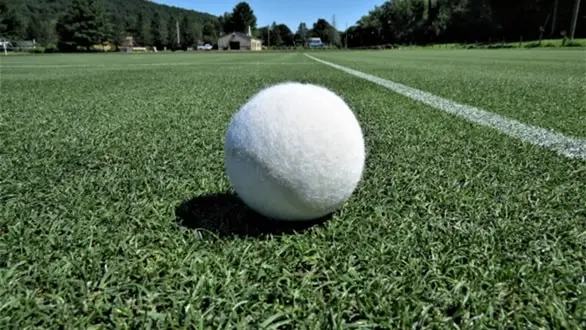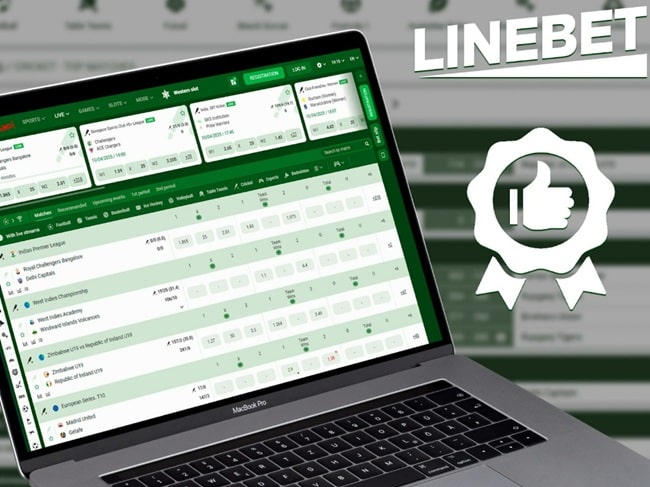Maintaining a grass court requires careful attention to detail and a commitment to regular upkeep. Don’t forget to visit online betting sites like 1xBet in order to wager on tennis competitions played on this kind of surface.
Grass courts are beloved for their speed and low bounce, offering a unique playing experience. However, they are also the most labor-intensive and costly to maintain compared to clay and hard courts. A great reason to visit the online betting sites 1xBet is to be able to wager on lots of tennis competitions.

Proper maintenance ensures a playable surface, enhances the lifespan of the court, and provides a safe environment for players.
Essential maintenance practices
There are 3 important practices that must be made in order to properly keep a tennis grass court. In addition to tennis wagers, you can also try cricket bets at the 1xBet website today. These 3 practices are:
- mowing;
- watering;
- and rolling.
Regular mowing is crucial. Grass courts should be mowed at least 3 times a week during the growing season. The ideal grass height is between 8-13 mm, with Wimbledon maintaining their courts at 8 mm. This height helps provide the optimal playing surface, balancing ball speed and player movement. Disciplines like cricket also require optimal surfaces, and you can try bets on this sport at the 1xBet platform.
Keeping the court in the best possible condition
Grass courts need consistent and adequate watering, especially during dry periods. Watering should be done early in the morning or late in the evening to reduce evaporation. An average grass court requires about 25-30 mm of water per week. During peak summer, this might increase to 35-40 mm. There are tennis bets today on 1xbet.com/en/line/tennis, and they can also be made on major competitions held on grass courts too.
Rolling the court is essential to maintain a firm and even surface. Rolling should be done when the grass is dry but the soil underneath is slightly moist. Heavy rollers, typically weighing around 500 kg, are used. Regular rolling helps to compact the soil, reducing the risk of divots and uneven patches. Discover today some great tennis bets on 1xBet, where the best tennis competitions from all across the world are available.
Also, in early spring, dethatching is necessary to remove dead grass and thatch buildup. Aeration is also crucial to relieve soil compaction and improve root growth. A spike or hollow tine aerator can be used, with holes spaced around 50 mm apart. Fertilization should follow, using a balanced fertilizer (NPK ratio of 10-10-10) to promote healthy growth.

